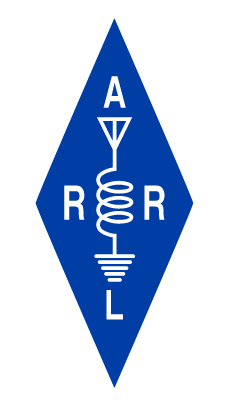Recording and Comparing Audio and Spectrum Files
It is helpful if you can make audio (.mpg or .wav) files of the noise to use when hunting or getting further assistance. Some of these may be found on the ARRL laboratory web site but may need further guidance to use effectively.
Knowing that a particular noise is or is not electrical in nature can be an important early step if you can’t find the noise within your home. To learn what you can about the noise source, make audio recordings of your noise in a MP3 or WAV format. Use about 30 seconds for each recording, without a voice over. Record in separate files using the AM mode with as wide a bandwidth as your receiver will accommodate, up to about 10 kHz or so, and another recording in SSB mode with 3 kHz of bandwidth. If your receiver has a waterfall display, take a photo of it and, if possible, about 30 seconds of video. You can also make a separate video as you tune the band. These recordings can then be used in various ways to help determine what type of device you are looking for.
Some unfamiliar digital communications signals may be found at http://sigidwiki.com/.
You may want to check what you’re hearing against these before you begin your hunt.
